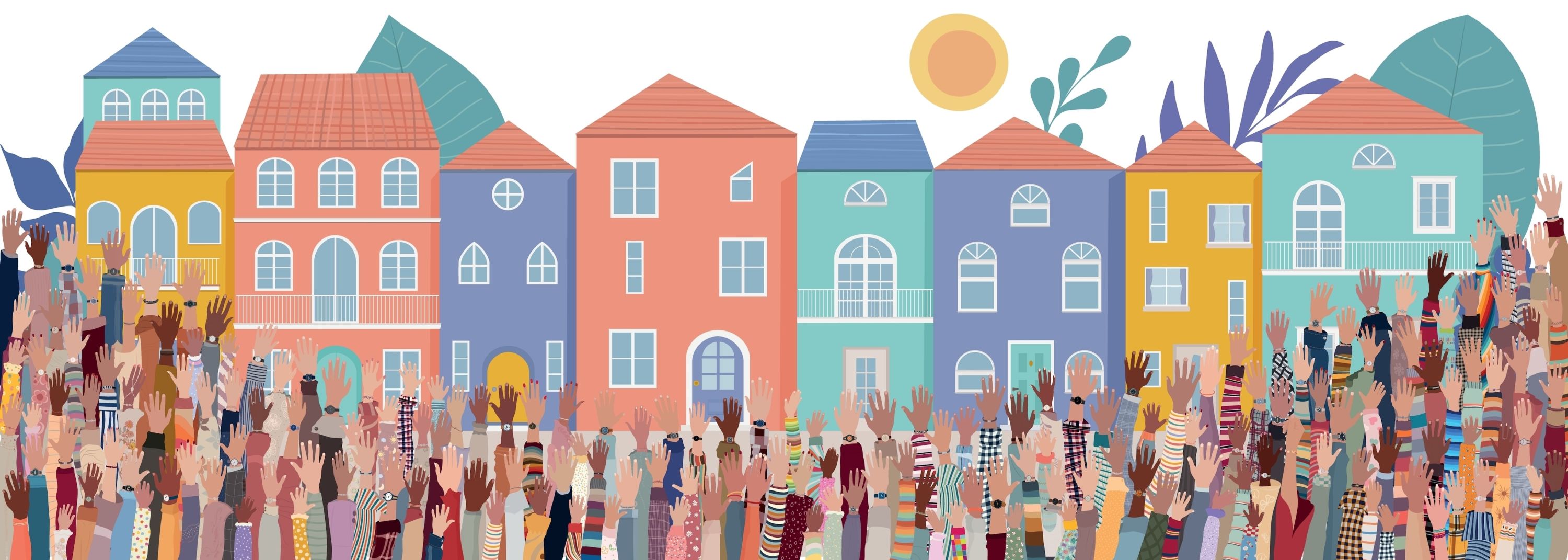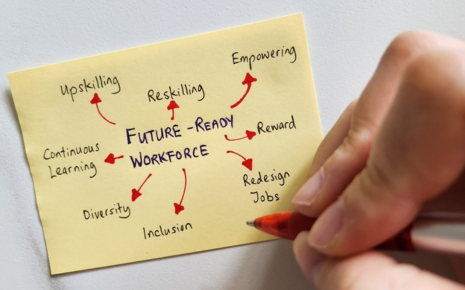Strong economic development depends on strong communities. For rural regions like North Iowa, the success of new housing projects, workforce strategies, and business recruitment often hinges on how well residents are involved in the planning and execution.
Shelley Oltmans, Vice President of Housing and Community Development with the North Iowa Corridor Economic Development Corporation, has spent over a decade working at the intersection of economic strategy and public input. From leading chambers of commerce to serving on a city council and teaching organizational leadership, Oltmans understands the importance of engaging the people who live and work in the community.
Winn-Worth Betco spoke with Oltmans to get her thoughts on the significance of community engagement in economic development.
“When looking at a large housing project, it is crucial to have community input from the start, not just at the end,” Oltmans said. “People need to feel heard and involved.”
What does community engagement look like in practice?
Oltmans wears many hats, each requiring collaboration with public officials, property owners, and residents. She coordinates the rehabilitation and flipping of homes in neighborhoods that need stabilization, connects landowners with developers, and helps design master plans for long-term residential growth.
In one current project, she works with a property owner in Hidden Acres to assemble land for new housing.
“We are engaging local officials and the community to understand what they want to see built there, from infrastructure to housing types,” she explained. “We also prioritize outreach to smaller communities, because sometimes they are not ready to build right away, but have asked for help developing one-year action plans.”
How do you balance developer needs with community concerns?
One challenging aspect of community engagement is addressing misunderstandings around projects, especially regarding housing affordability.
“There is often a misconception about what affordable housing means,” Oltmans said. “We are developing an education campaign to provide local and expert perspectives. We want people to understand why diverse housing options are needed, and how they can benefit the entire community.”
Rather than avoiding difficult conversations, Oltmans advocates for meeting them head-on through transparent dialogue.
“You want to create a safe space where people can share concerns, and where both sides are listening, because most fear comes from not knowing,” she said. “Community engagement offers us the ability to have those crucial conversations and help inform and guide the discussion.”
What can happen when a community is truly involved?
Oltmans points to her experience in Keokuk, Iowa, as a clear example of how public input can drive meaningful outcomes. There, she participated in a comprehensive planning effort that had not been updated in over 20 years. The process involved a diverse steering committee, public meetings, and engagement with local businesses and schools.
“Once the plan was adopted, we partnered with the University of Iowa’s Initiative for Sustainable Communities and completed over 25 projects ranging from arts and planning to engineering,” she said.
One major win was the revitalization of three abandoned buildings in the heart of downtown. The community was engaged throughout, as local students studied redevelopment possibilities, residents helped choose the design for a mural, and a local contractor handled the construction. The result was the creation of 16 new apartments, all of which were filled within a month.
“The project transformed not just a few buildings, but the neighborhood's identity,” she said. “It gave people something to be proud of, and it all started with listening to what the community wanted.”
Why is regional cooperation essential?
Oltmans’ role is increasingly regional. Her position allows her to dedicate time to housing strategy across county lines. This collaboration is helping create momentum throughout North Iowa, not just in rural town borders.
“We want to keep developers and contractors busy across the region, making sure every community has a seat at the table and access to resources,” she said. “If we all work together, the whole region benefits. New housing in smaller communities helps employers, schools, and families everywhere.”
What happens when communities are left out?
Without engagement, even well-intended projects can struggle. Oltmans cautions against “NIMBY” (Not in My Backyard) resistance or “CAVE” people (Citizens Against Virtually Everything), instead seeking to create “YIMBY”(Yes in My Backyard) supporters through open education and trust-building.
“You cannot build for a community without that community. We want people to say yes to growth, yes to diversity in housing, and yes to being part of something bigger than themselves,” she said.
Oltmans also emphasizes that housing is now central to economic development in a way it never was before.
“You can recruit all the workforce in the world, but if there is no place for them to live, it does not matter. Housing is the connector between business, workforce, and long-term growth,” she said.
What is the takeaway for communities and leaders?
Community engagement is not just a checkbox. It is a strategy. It builds trust, uncovers ideas, removes barriers, and creates momentum.
As Oltmans puts it, “We need to create an environment where people feel good about what is being built and that begins by inviting them into the process at the very start, not after the fact.”
At Winn-Worth Betco, we believe that real progress starts with conversation. By including local voices from day one, we strengthen our region for generations. Engage with us today to talk about what your community needs!




